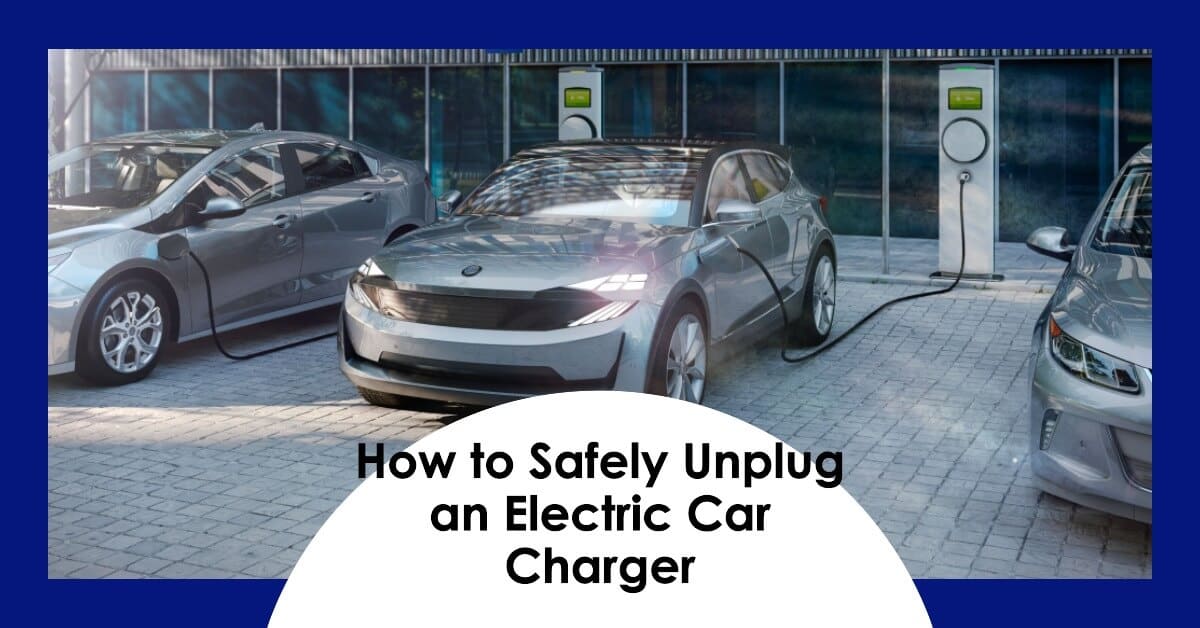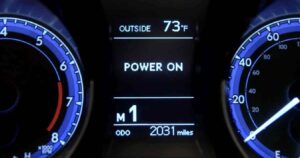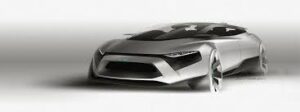Electric vehicles (EVs) have gained significant popularity in recent years due to their eco-friendly nature and cost-efficiency. Charging an electric car at home or at a public charging station is a common practice for EV owners.
However, when it comes to disconnecting the charger, it’s essential to follow proper procedures to ensure safety and prevent damage. In this article, we will guide you through the steps of safely unplugging an electric car charger, ensuring a smooth and secure experience.
Table of Contents
ToggleChecking the Charging Status
Before you unplug an electric car charger, it’s crucial to check the charging status to ensure that the battery is adequately charged. Properly managing the charging process helps maximize battery life and efficiency.
Most EVs have a charging status indicator located on the dashboard or the charging station itself. Ensure that the indicator shows a full or nearly full charge before proceeding. This step ensures that you get the most out of your charging session and minimizes the need for frequent charging.
Powering Down the Charger
To safely unplug an EV charger, you need to power it down first. Locate the power switch or button on the charger and turn it off. This step is essential as it prevents any potential power surges or electrical shocks during the disconnection process.
It also allows the charger to cool down before being unplugged. Take a moment to ensure that the charger is completely powered down before moving on to the next step. Safety should always be a priority when dealing with electricity.
Removing the Electric Car Charger
After releasing the charging connector, it’s time to remove the electric car charger from your vehicle. Careful handling during this step is crucial to prevent any damage or accidents. Follow these steps to ensure a smooth and safe removal process:
- Take a moment to inspect the charging connector and the surrounding area for any debris or dirt. If you notice any foreign objects, gently remove them using a clean cloth or a soft brush. Keeping the connector and charging port clean ensures a proper connection and efficient charging in the future.
- With one hand holding the charging connector, use your other hand to support the charger itself. Avoid putting unnecessary strain on the connector or cable, as it may cause damage over time.
- Slowly and steadily pull the charger away from the vehicle, being mindful of any obstacles or obstructions. Ensure that the cable is not tangled or caught on any objects. A smooth and controlled motion minimizes the risk of tripping or damaging the charger.
- Once the charger is fully disconnected, carefully place it in a safe and secure location. Avoid placing it near water sources or in areas where it may be at risk of damage. Storing the charger properly prolongs its lifespan and protects it from unnecessary wear and tear.
By following these steps, you can safely remove the electric car charger from your vehicle, maintaining its functionality and longevity.
Disconnecting the EV Charger
To disconnect the EV charger from the power source, it’s important to prioritize safety and adhere to proper procedures. Follow these steps to ensure a secure disconnection:
- Locate the plug where the charger is connected to the power outlet. Double-check that the power switch on the charger is still in the “off” position before proceeding.
- Firmly grasp the plug, ensuring a strong grip to prevent any accidental slippage during the disconnection process.
- In a steady and controlled manner, gently pull the plug out of the power outlet. Avoid yanking or applying excessive force, as it may damage the plug or the power outlet itself.
- As you disconnect the plug, be mindful of any tension or resistance that may arise due to the snug fit. Applying gentle and consistent pressure ensures a smooth and safe disconnection.
- Once the plug is disconnected, take a moment to inspect it for any signs of damage, such as frayed wires or exposed metal. If any issues are detected, refrain from using the charger and seek professional assistance.
- After inspecting the plug, neatly coil the cable and store it in a suitable location. Avoid bending or twisting the cable excessively, as it may lead to internal wire damage.
By following these guidelines, you can disconnect the EV charger from the power source in a safe and efficient manner. Prioritizing safety not only protects you but also preserves the integrity of the charging equipment.
Conclusion
In conclusion, safely unplugging an electric car charger is a straightforward process that requires attention to detail and adherence to proper procedures.
By following the steps outlined in this article, you can ensure the safety of yourself, your electric vehicle, and the charging equipment. Remember to check the charging status, power down the charger, release the charging connector carefully, and disconnect the charger from the power source.
By following these guidelines, you can confidently unplug your EV charger and continue enjoying the benefits of electric mobility.
Owning an electric vehicle is not only an environmentally conscious choice but also a commitment to a sustainable future. By incorporating responsible charging practices, such as safely unplugging the charger, you contribute to the longevity of your EV’s battery and the overall efficiency of the charging
























